[ad_1]
During my career I sat in on countless sales meetings and heard countless sales platitudes like: “Know your customer”, or “Always make a hard close”. But my favorite cliché and the one that was probably used most often was: “Fail to plan and you will plan to fail”.
The bosses always wanted us to plan out every day and plan out every sales call as they thought this would produce the most sales. Truth be told, I never followed this dictum as I quickly learned that every day was different, and every call could go in infinite ways so taking the time to plan for things you could not predict was useless and worse a waste of time. And despite my never planning, I had a pretty good sales career. Conversely in this hobby, I learned after setting up a few tanks that careful planning is essential, otherwise, problems not thought of beforehand tend to quickly arise and these take away from the enjoyment of the hobby. So along with patience, planning is essential to long-term success in this hobby.
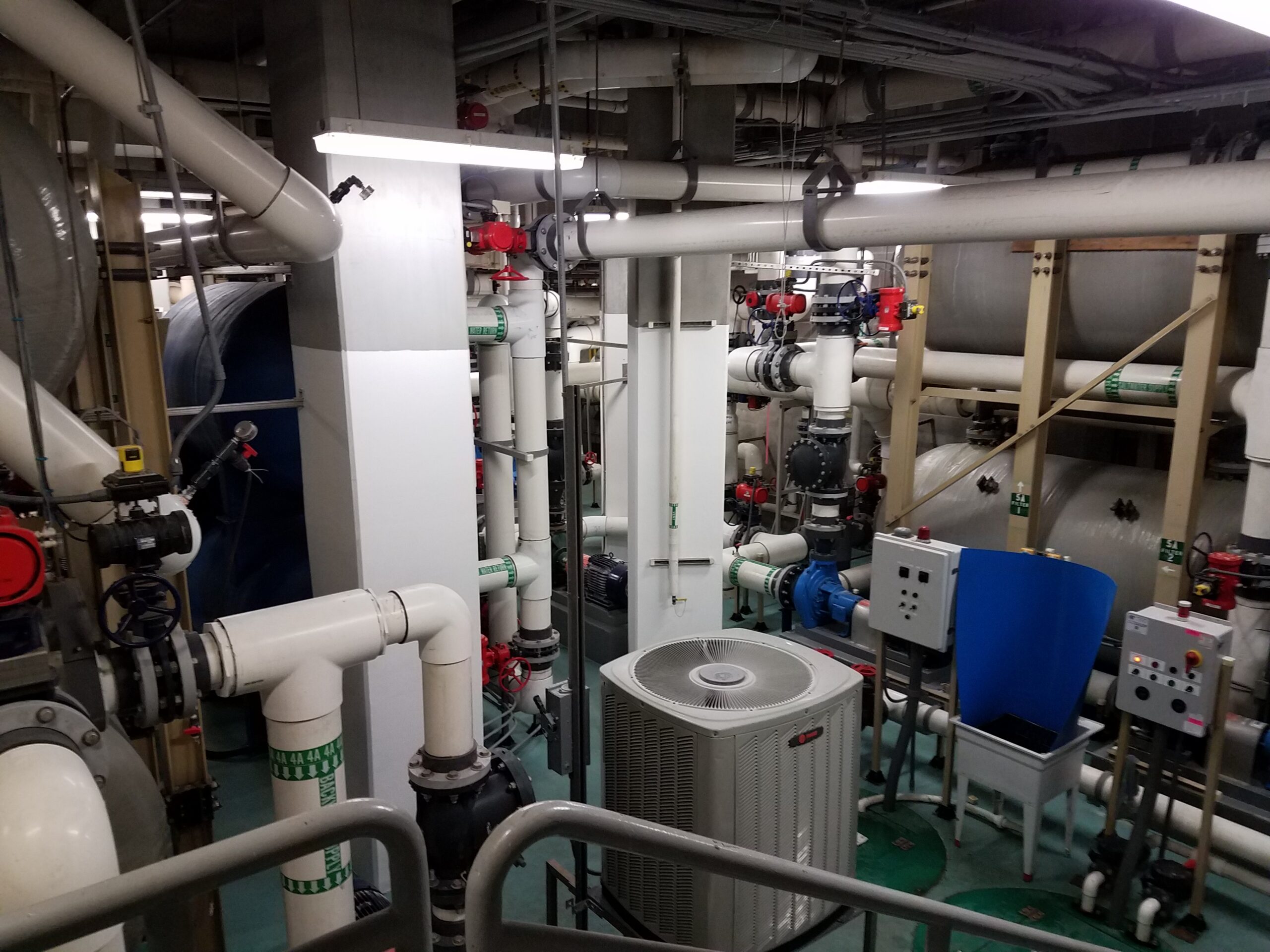
Where to begin
When starting to plan for a new tank, the most difficult aspect is often where to begin. One does not need to reinvent the wheel so my first suggestion when you are starting to plan is to find a mentor of sorts. This can be a successful local hobbyist who is willing to help or an employee at a local fish store or a member of a local club or society who is happy to help. It can even be someone online who you are chatting with who offers their help. Whoever it is, the one suggestion I will make is as my friend Rey or Pirate’s corals has said “If their tank ain’t nice, don’t take their advice”. So before taking their advice make sure that you like how their tank looks and how it is doing. I know beggars can’t be choosers, but in the long run, it will be better to seek advice from someone who has a tank you like rather than just get advice. And as a caveat, once you find someone stick with them, don’t keep switching around as you get advice from others. Find a method that is working and stick with that as that will work better in the long run.
Time and money
Sadly, when I hear new hobbyists planning, the typical plan starts with “I want to get the biggest tank I can fit in my house and fill it with the most colorful sps corals I can find”. While this enthusiasm is great, planning for these two aspects of having a tank is actually way down on the list of what should be planned for. Unfortunately, the first two things that should be planned, are actually the two most likely to be neglected: time and money. Before anything else is even considered, planning a budget for setting up a tank is the first thing that needs to be done. Most of us understand that this is not an inexpensive hobby, but when you are starting out or even when you are adding a new tank, we often do not plan a budget for the tank. And nothing is worse than being all excited about setting up a tank, starting to acquire everything, and then halfway through running out of money because it was not properly budgeted. So before doing anything else sit down and figure out how much you would have to spend on a tank. This budget should not just be the cost of setting up the tank, but a budget should also be determined for annual maintenance and additions. Once this is done, then you can work backward to figure out what the budget is for each item you need to make the tank successful.
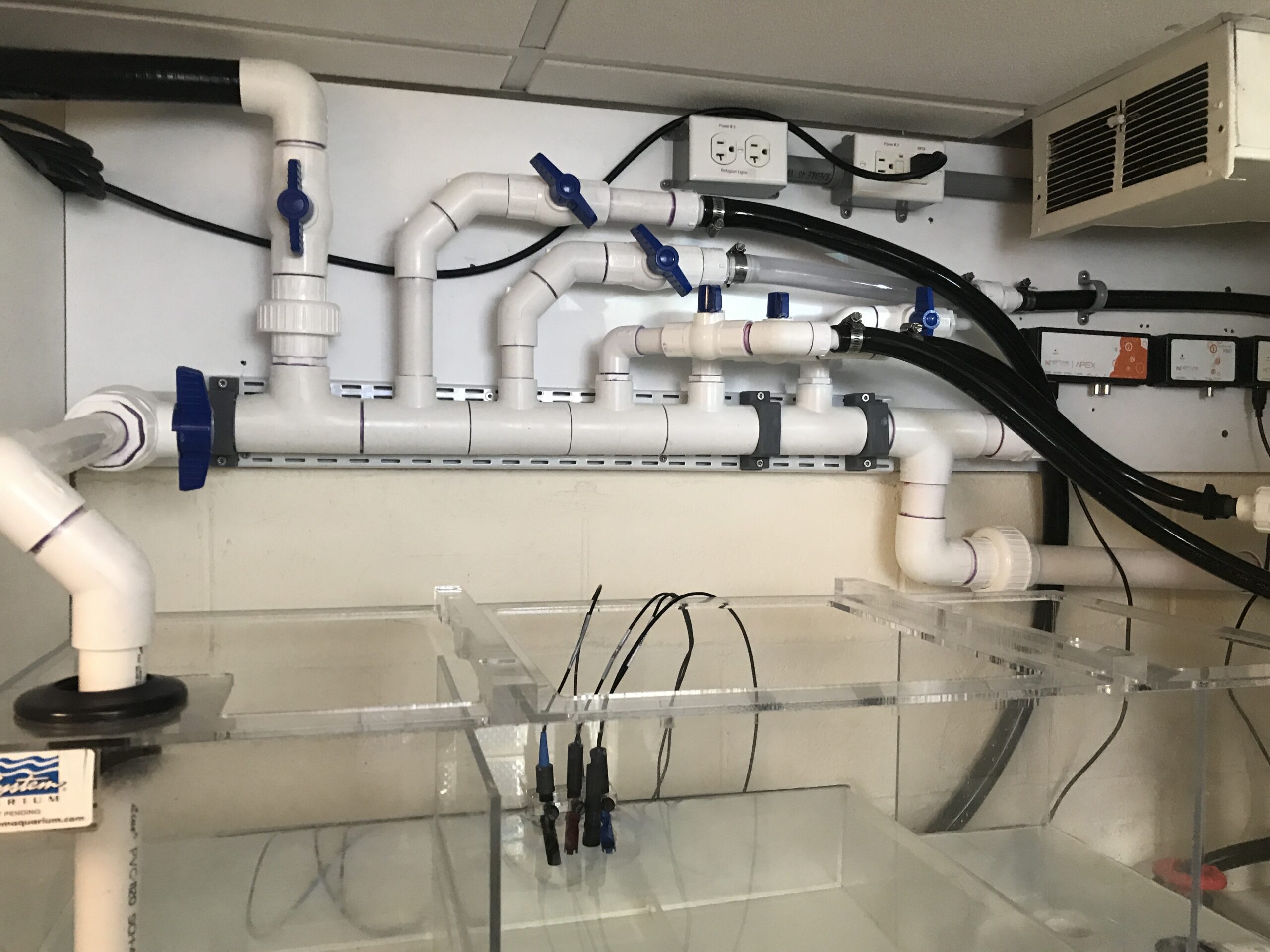
The cost of every item, from the tank, lights, skimmer, and live rock to the corals and fish should all be budgeted for before the process of acquiring everything occurs. Acquiring everything does not need to be done all at once, you can spend it over time and gradually get all of the equipment you need together before setting it all up. Every item needed for setting up a reef tank will be discussed in this series, but before that happens planning needs to be done properly, especially in terms of the budget. From my own experience whatever the initial budget is, I have found that I will spend between 10-25% of that amount on annual maintenance, so keep this in mind as you don’t want to spend all of your money on setting up a tank, and then not be able to maintain it.
Five to seven hours per week
After a budget is determined the next thing that needs to be planned is how much time you have to spend on it. A reef tank is not like a tv, in that you can’t just turn it on and expect it to work. It takes constant attention and tinkering and all of this takes time, usually far more than we allot for it. In my experience, my tanks require a minimum of 5-7 hours a week of my time, when everything is flowing smoothly. But I spend more time when there are problems. So if you do not have this amount of time to spend on your tank, or if this dramatically reduces your quality time with friends and family keep this in mind. But long-term success does require a time commitment.
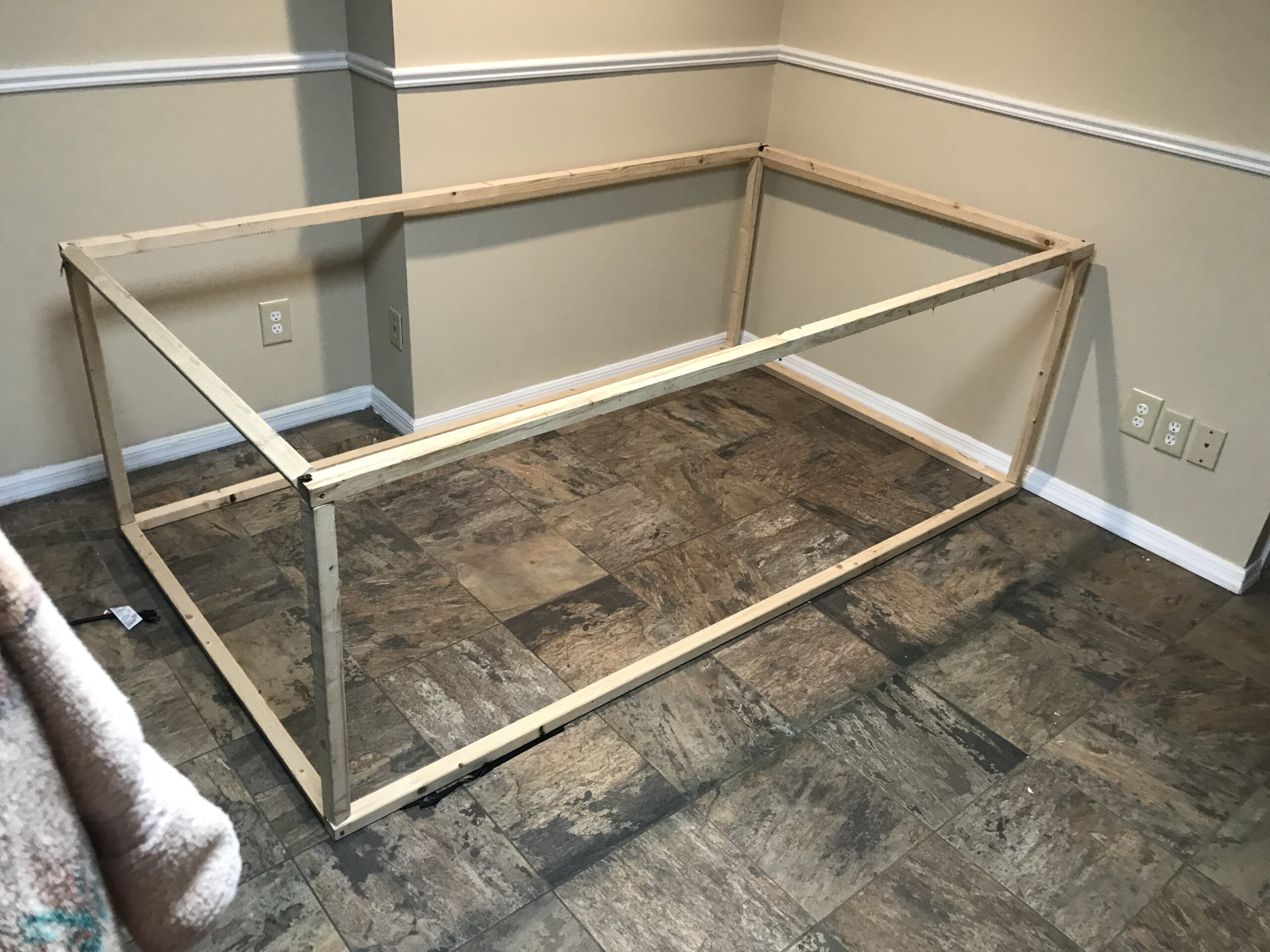
Placement
Once you have done your budgeting and established what size tank you can afford, you next need to plan on where it will be placed. This may seem simple, in that you want it where you can watch it most often, but you also need to plan for how to get water to and away from it, are there enough electrical outlets near it and most importantly, is the floor on which it will rest strong enough to hold it? If it is not, then the floor can sag, and this can potentially cause the tank to leak over time. These all need to be planned for, as well as what is the foot traffic like near the tank. This needs to be considered as when there is a lot of activity near a tank the fish typically hide a lot, at least until they get used to it.
An aspect of placement that is often overlooked is how well-ventilated the area around the tank will be and how good is the dehumidification. This may seem trivial, but if a tank is in an area without proper air movement and adequate dehumidification moisture will accumulate and produce black mold. And that is something that no one wants in their home. So when considering where to place a tank this needs to be taken into consideration.
In terms of planning for the tank itself, I’m not going to discuss acrylic versus glass, since over 90% of hobbyists have glass tanks. Instead, the planning that needs to be considered is how big the tank will be, custom or off the shelf, and how will it work with the stand, overflow, and sump. That is a tank for a reef is really not a stand-alone unit, but instead, it is part of this complete package. Because of this, all of these other parts that make the tank functional need to be planned for as well.
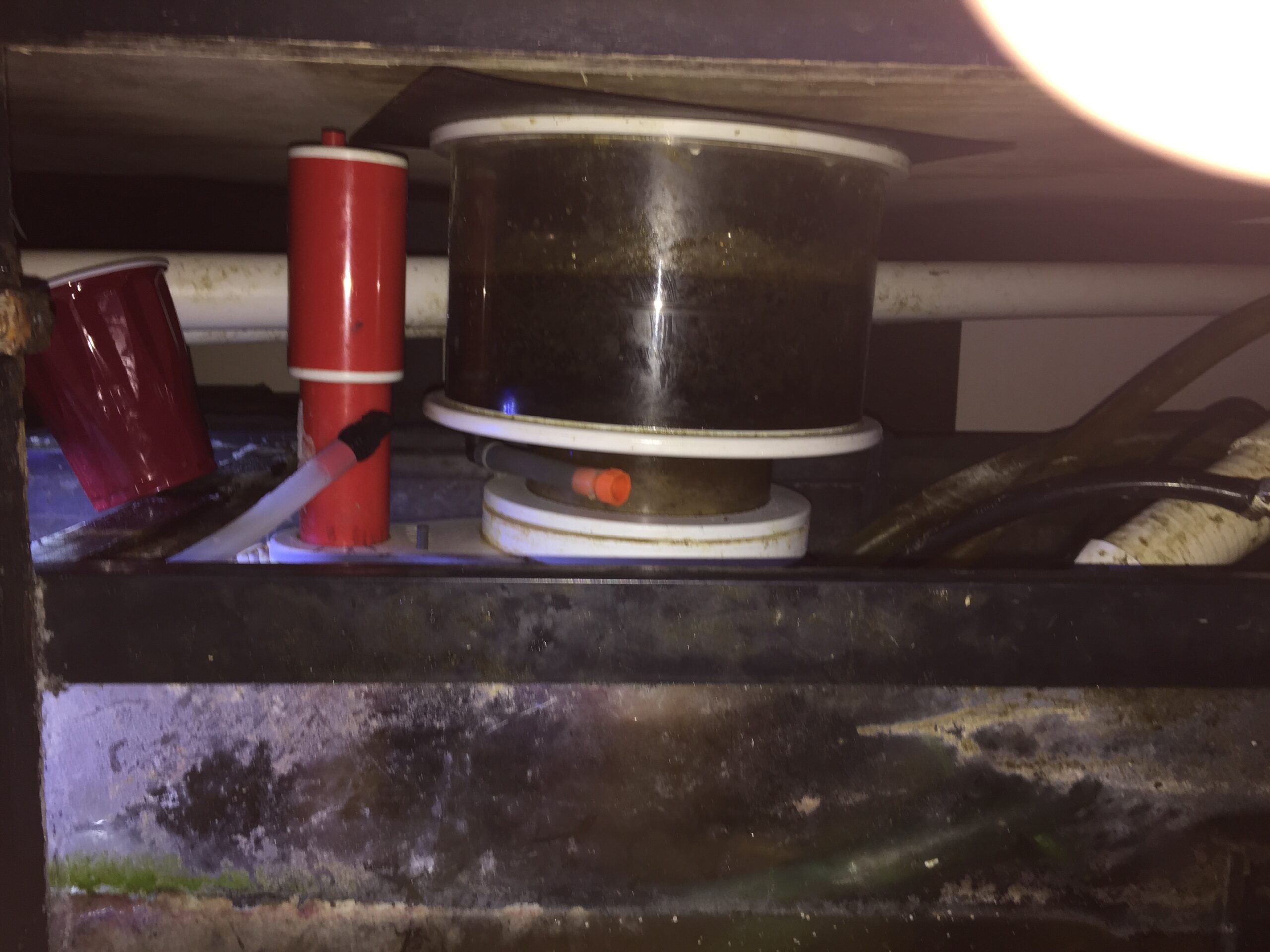
Equipment
Once you have done all of the above it is time to start planning for the equipment. While choosing the right equipment is important and will be discussed more in-depth in later articles, it is also important to plan for how the equipment will be set up once it is purchased, how everything will work together, and just as importantly how it will be maintained. One thing that should be stressed is that everything should be set up so that it is easily accessed and maintained. Simplicity and ease of access are key as the easier things are to do, the more likely we are to do them. If it takes hours to take something offline to clean it or to access a scum cup we are less likely to do it and so this will become a weak spot in our tank’s system and needs to be avoided.
Ease of maintenance needs to be the case for all equipment and this can be a lot or a little depending on how you set things up. The next thing to be considered in terms of planning is live rock and aquascaping. There are numerous choices to be considered, but the one aspect that needs to be planned for is regardless of which type of rock is chosen it will take a considerable time to allow the rock to cure properly (usually 3-6 months). So this needs to be allowed for in the long-term plan for the tank. While aquascaping is a matter of taste, it still needs to be planned for. To make this planning easier I strongly suggest that a small version of the live rock be made and this can be laid out to form a template for the aquascape.
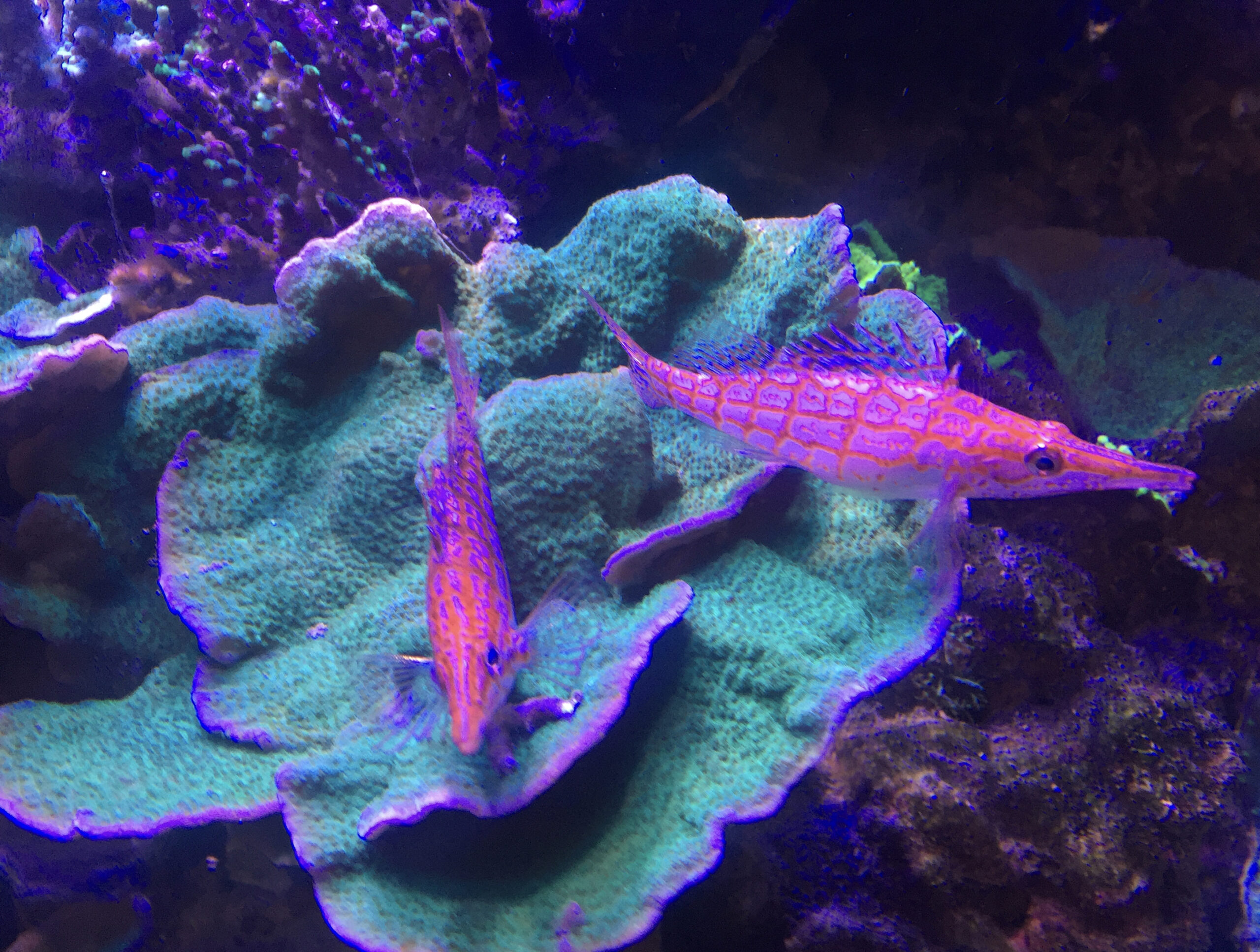
Livestock
The most fun aspect of planning for a reef tank is last, and that is planning for the livestock to be added. It would be great if you could just make up a list, get it and add it all at once, and be done. Sadly, acquiring fish and coral does not work like this, as rarely is everything we want available at a given time. To add to this, much of the fun of this hobby is impulse buying, so unless you can keep from doing this and can be patient enough to only get the fish and corals on your list planning a grocery list of exactly what you want is pointless. Instead, I suggest that you make a general list such as 3 anthias, 10 chromis, etc, and the general types of corals that you would like and use that as a baseline.
Properly planning for a tank can go a long way in helping it to achieve long-term success. Keeping things simple and understanding that this is a process that takes time and not a single event helps achieve this success. If you can’t or don’t have the time to do this planning, then this may be an indication that a reef tank might not be right for you. But when planned for and implemented properly a reef tank can provide enjoyment for a lifetime.
[ad_2]
Source by [author_name]



